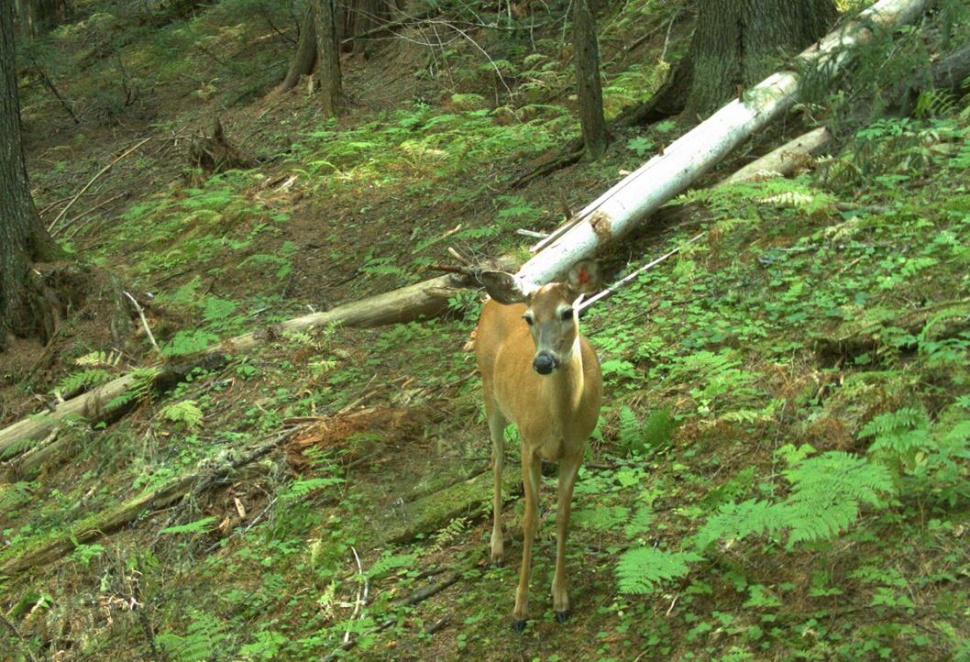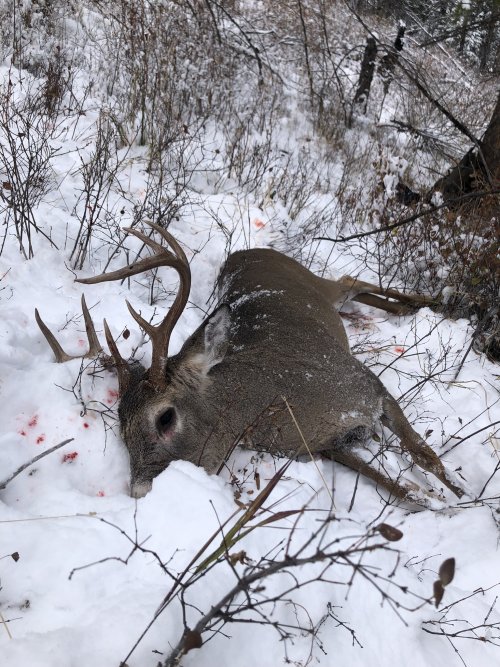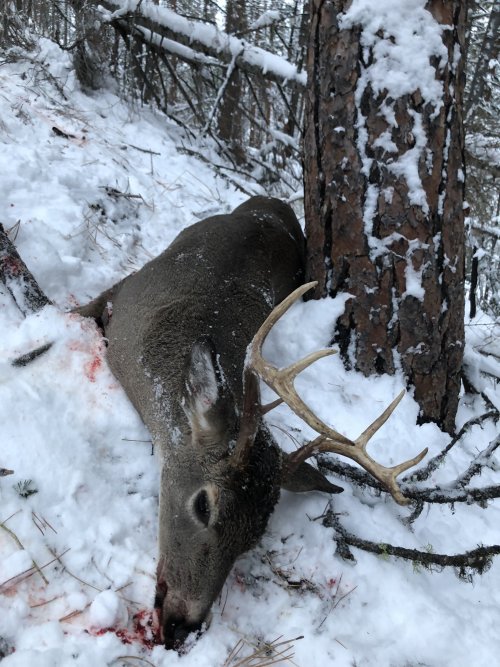I have been hunting Whitetails in central Idaho and I have heard that Whitetails are non migratory, meaning, they have a home range of about a couple miles. This has me questioning: will they only be at low elevations due to the snow levels in the winter?
Is the whole non migratory thing a hoax?
If it is true, I wouldn’t even be looking for Whitetails above 7000’ due to snow levels in the winter. Can anyone confirm this? It’s definitely different from hunting mule deer all the way up to 10,000’ in the summer.
Is the whole non migratory thing a hoax?
If it is true, I wouldn’t even be looking for Whitetails above 7000’ due to snow levels in the winter. Can anyone confirm this? It’s definitely different from hunting mule deer all the way up to 10,000’ in the summer.






